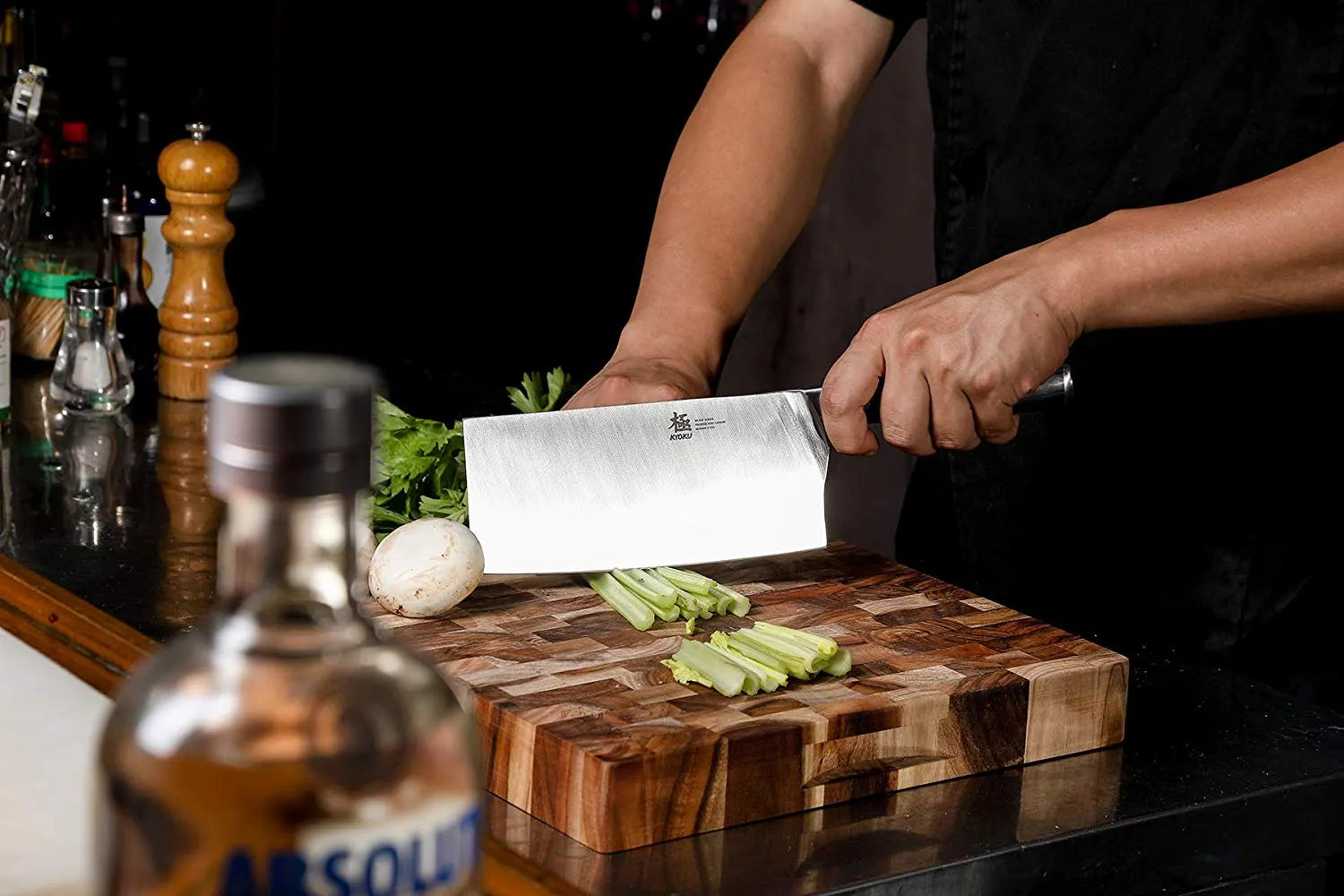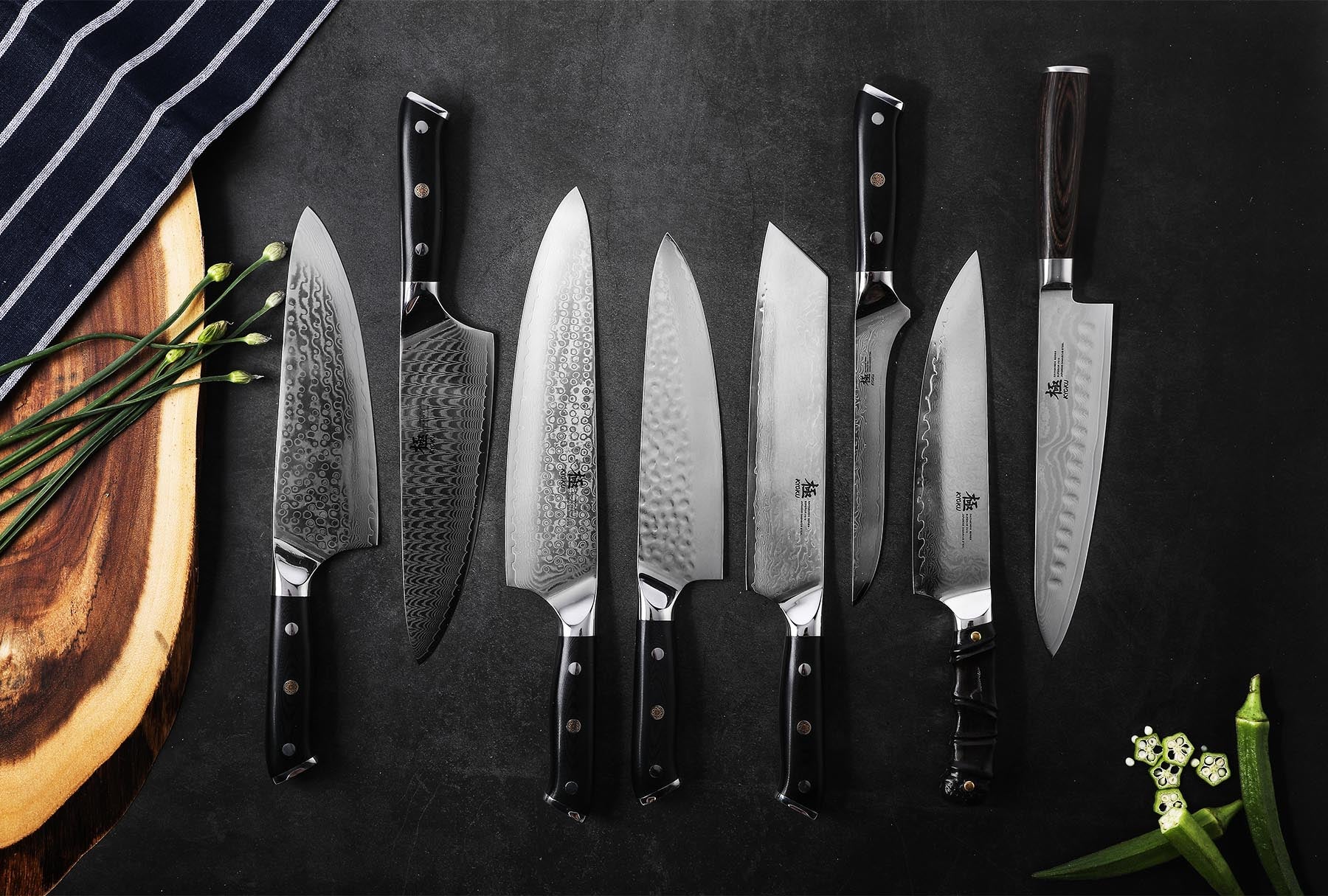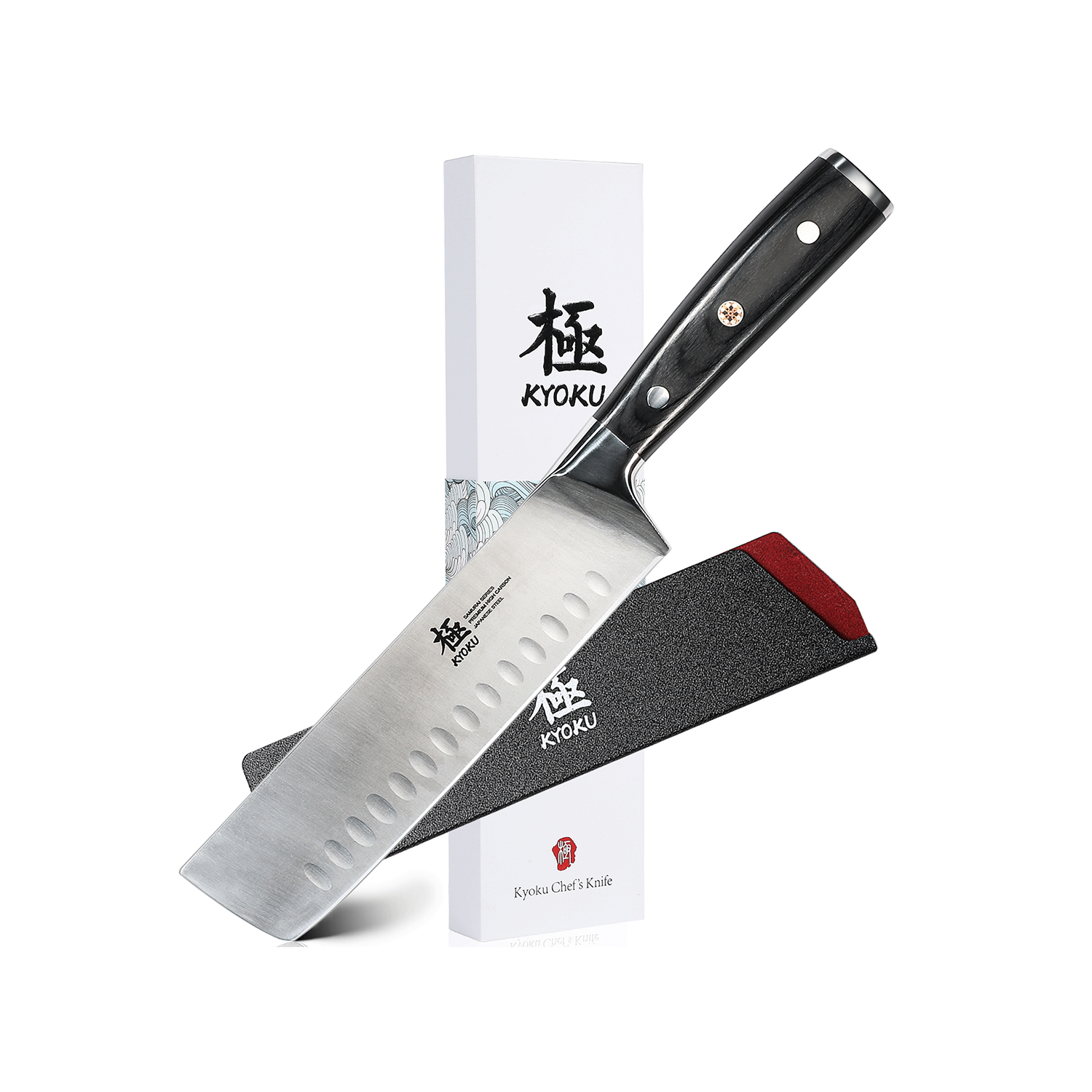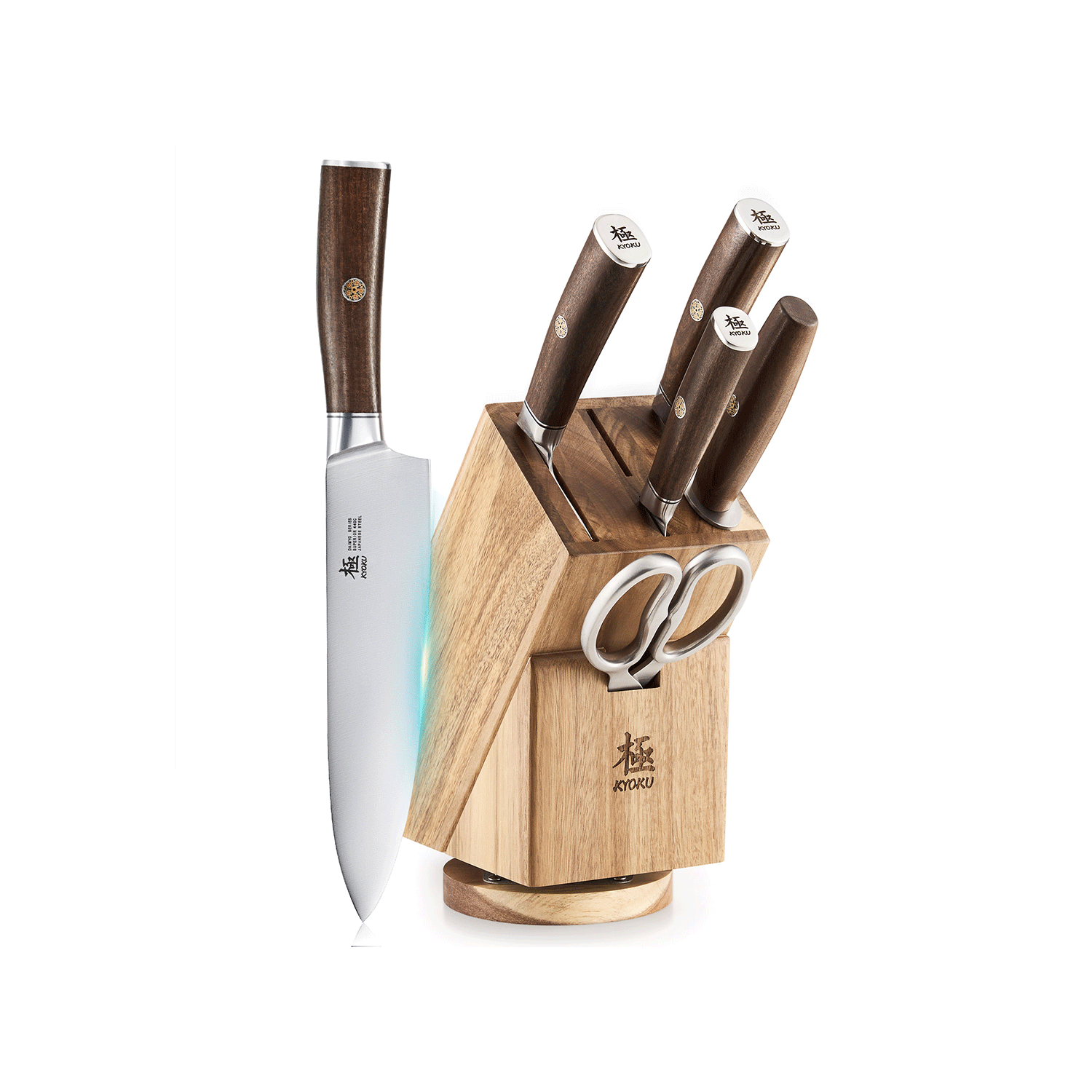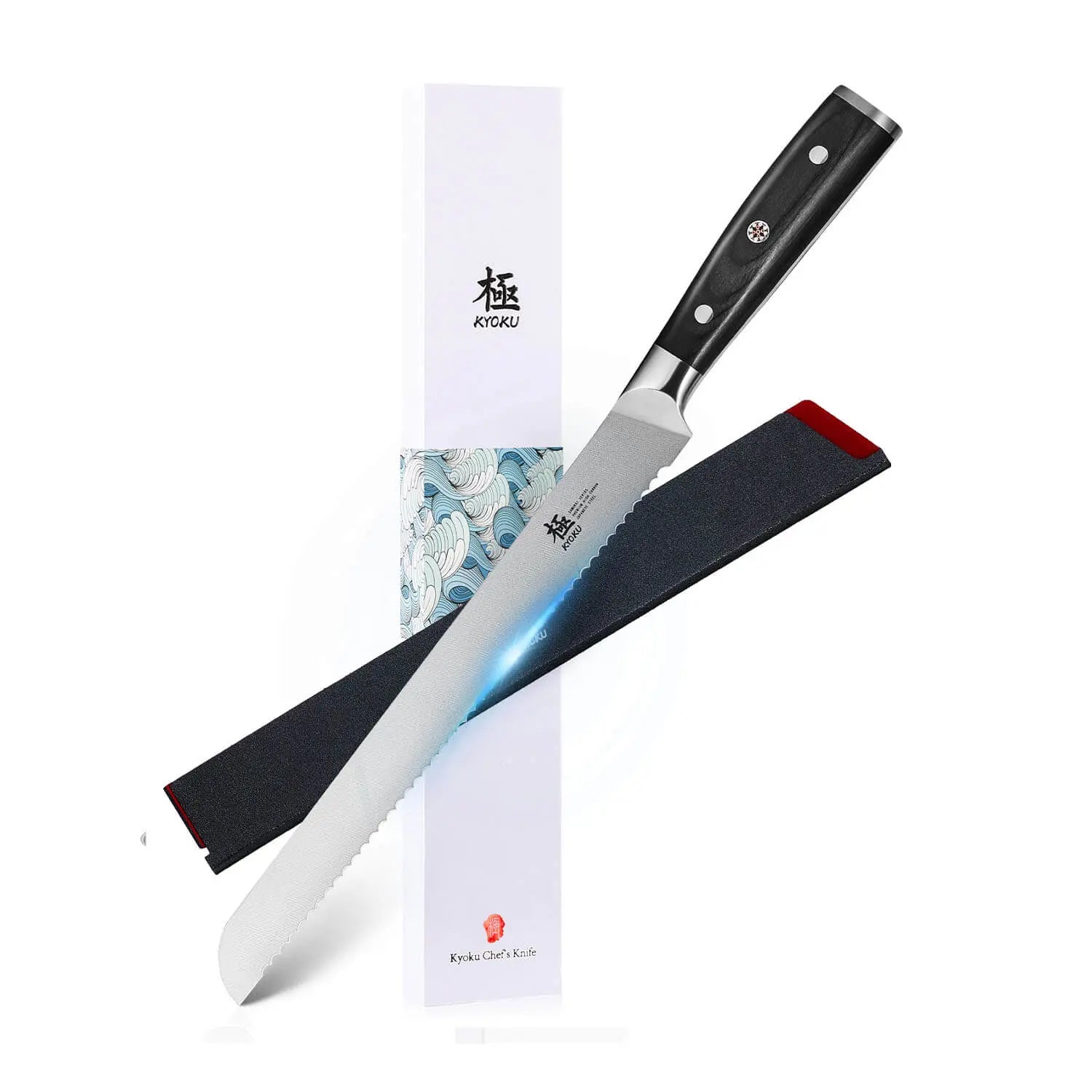Are you familiar with International Pie Day? Wondering how people commemorate this special occasion and how to make the most of the best kitchen knife when it comes to cutting pie? Look no further! In this article, we will delve into the essence of International Pie Day, exploring the reasons behind its celebration and shedding light on the art of using the perfect kitchen knife for this delicious task. Get ready to uncover the wonders of International Pie Day and enhance your pie-cutting skills like never before!
When is National Pie Day?
National Pie Day is an annual celebration held on January 23 in the United States.
The American Pie Council created the unofficial food holiday in the mid-1970s to commemorate pies and pie baking. It falls in January, the peak of the winter baking season for many homemade comfort foods and desserts.
On National Pie Day, pie lovers across the country celebrate by baking, eating, and sharing their favorite pies. Bakeries often promote seasonal pie flavors, and restaurants may add specialty pies. Pie-making contests, charitable pie donations, and pie-themed gatherings are also popular ways to celebrate the food holiday.
The American Pie Council even hosts an annual National Pie Championship in April, where professional and amateur bakers compete in various pie baking categories judged on presentation, taste, and creativity.
So if you're a pie lover, mark January 23 on your yearly calendar for National Pie Day. It's the perfect excuse to indulge in the classic American dessert treat!

Why is National Pie Day celebrated?
National Pie Day is celebrated to honor and appreciate the beloved dessert known as pie. This annual observance takes place on January 23rd in the United States. Here are a few reasons why National Pie Day is celebrated:
- Historical Significance: The celebration of National Pie Day can be traced back to the mid-1970s, when Charlie Papazian, a nuclear engineer, declared his own birthday, January 23rd, as National Pie Day. Over time, the observance gained popularity and became a way to recognize the cultural and culinary importance of pies.
- Culinary Tradition: Pies have a long-standing tradition in many cultures around the world. They have been enjoyed as both sweet and savory dishes for centuries. National Pie Day provides an opportunity to celebrate and showcase the diverse array of pies, including fruit pies, custard pies, cream pies, meat pies, and more.
- Sharing and Community: Pies are often associated with gatherings, celebrations, and sharing with loved ones. National Pie Day encourages people to come together and enjoy the warmth and comfort that pies bring. It's a time to share homemade pies with friends, family, and even local communities.
- Promoting Baking Skills: National Pie Day serves as a reminder to appreciate the art of pie-making and encourages individuals to try their hand at baking pies. It's an opportunity to showcase baking skills, experiment with new recipes, and pass down traditional pie-making techniques to future generations.
- Fun and Deliciousness: Let's face it, pies are incredibly delicious! National Pie Day is a chance to indulge in a wide variety of pies, from classic favorites to unique creations. It's a day to savor the flavors, textures, and aromas of pies and simply enjoy the pleasure they bring.
Overall, National Pie Day celebrates the cultural significance, culinary heritage, and pure enjoyment of pies. It's a time to appreciate the art of pie-making, share delicious treats with others, and revel in the simple pleasure of a well-made pie.

What is the difference between pie day and pi day?
Pie Day and Pi Day are two distinct observances with different meanings:
- Pie Day: Pie Day, also known as National Pie Day, is celebrated on January 23rd each year. It is a day dedicated to the appreciation of pies, the delicious baked desserts. Pie Day is a celebration of the culinary tradition of pies, the enjoyment of various pie flavors and types, and the act of sharing pies with others.
- Pi Day is celebrated on March 14th (3/14) each year to honor the mathematical constant π (pi). Pi represents the ratio of a circle's circumference to its diameter and is an irrational number, approximately equal to 3.14159, with infinitely many decimal places. Math enthusiasts, educators, and students often celebrate Pi Day by engaging in activities, events, and discussions related to pi and its mathematical significance.

In summary, Pie Day is a celebration of dessert pies, while Pi Day is a celebration of the mathematical constant pi.
knives recommended for cutting the pie
When it comes to cutting pies, there are a few types of knives that are commonly recommended for achieving clean and precise slices. Here are some perfect knives for cutting pie:
-
Serrated Knife: A serrated knife is a top choice for cutting through flaky pie crusts without crushing or crumbling them. The saw-like edge of a serrated knife grips the crust, allowing for smooth, even cuts. Opt for a long, thin-bladed serrated knife for optimal control and precision.
-
Chef's Knife: Although not specifically designed for pie cutting, a chef's knife can be used effectively for slicing pies, especially if it has a thin, sharp blade. It provides versatility and control, allowing you to cut through various types of pie crusts.
-
Paring Knife: A paring knife with a small, sharp blade can be an excellent choice for cutting individual portions of pie or intricate designs in the crust. Its maneuverability and precision make it ideal for delicate pie cutting tasks.
- Utility Knife: A utility knife is a versatile tool that can be used for various kitchen tasks, including cutting pies. With its medium-sized blade and sharp edge, a utility knife can effortlessly slice through pie crusts without exerting excessive pressure. Its ergonomic handle provides comfort and control, allowing for smooth and precise cuts. The utility knife's versatility makes it a practical choice for both cutting and serving pies.



